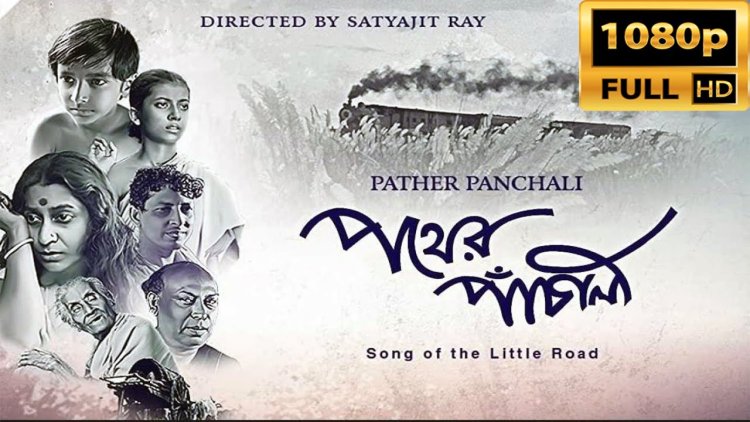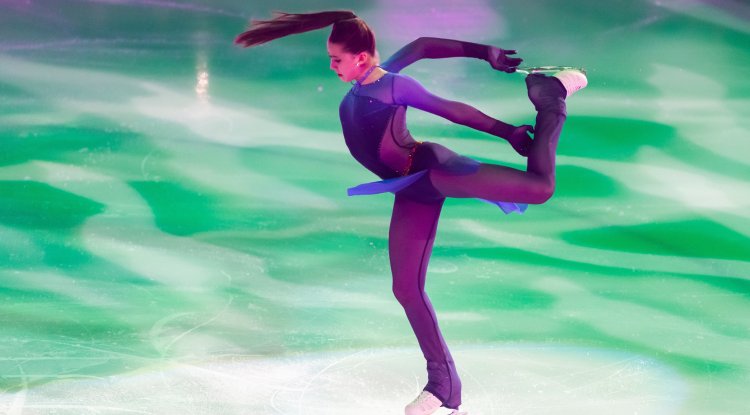'Pather Panchali' (1955)
"Pather Panchali," directed by Satyajit Ray and released in 1955, is a groundbreaking Indian film that marked the beginning of the renowned Apu Trilogy. This critically acclaimed masterpiece is not only a milestone in Indian cinema but also a significant contribution to world cinema. With its poignant storytelling, breathtaking cinematography, and realistic portrayal of rural life in India, "Pather Panchali" remains a timeless classic.

Plot and Setting
Set in rural Bengal in the 1920s, "Pather Panchali" tells the story of a young boy named Apu and his impoverished family. The film follows Apu's journey from childhood to adolescence, as he explores the wonders and challenges of the world around him. It portrays the struggles faced by his family, their dreams and aspirations, and the bond they share amidst the harsh realities of life in a rural village.
Realism and Authenticity
"Pather Panchali" is celebrated for its raw and authentic portrayal of rural India. Satyajit Ray's attention to detail and his commitment to capturing the essence of everyday life create a sense of realism that resonates with viewers. From the vibrant landscapes to the intricacies of rural customs and traditions, the film offers a vivid and honest depiction of the people and culture of the time.
Cinematography and Visual Poetry
The cinematography in "Pather Panchali" is visually stunning and contributes to the film's poetic storytelling. Subrata Mitra's masterful camera work captures the beauty of the Bengali countryside and the nuances of human emotions. The film's iconic train sequence, with Apu and his sister Durga running alongside the tracks, exemplifies the visual poetry and the sense of freedom and escape that the film evokes.
Character Development and Performances
The characters in "Pather Panchali" are portrayed with depth and authenticity, and the performances by the cast are remarkable. Subir Banerjee's portrayal of Apu is particularly noteworthy, capturing the innocence and curiosity of a young boy growing up in challenging circumstances. The ensemble cast, including Karuna Banerjee as Apu's mother and Uma Dasgupta as Durga, brings the characters to life with subtlety and nuance, adding emotional depth to the narrative.
Themes of Childhood and Dreams
At its core, "Pather Panchali" explores themes of childhood, dreams, and the resilience of the human spirit. The film presents the world through the eyes of Apu, showcasing his sense of wonder, imagination, and optimism, even in the face of adversity. It captures the universal experience of growing up, the complexities of familial relationships, and the pursuit of dreams and aspirations.
Cultural and Historical Significance
"Pather Panchali" holds immense cultural and historical significance in the realm of Indian cinema. It marked the directorial debut of Satyajit Ray, who went on to become one of the most celebrated filmmakers in the world. The film's success paved the way for the rise of the parallel cinema movement in India, which sought to explore social issues and present a more realistic depiction of Indian society.
Also Check Izabel Goulart showed off her enviable figure!
Conclusion
"Pather Panchali" is a cinematic masterpiece that continues to captivate audiences with its poignant storytelling, breathtaking visuals, and authentic portrayal of rural life in India. Satyajit Ray's directorial prowess, combined with the outstanding performances and the film's exploration of universal themes, make it a timeless classic. With its artistic and cultural significance, "Pather Panchali" remains a testament to the power of cinema to tell deeply human stories and shed light on the human condition.





























